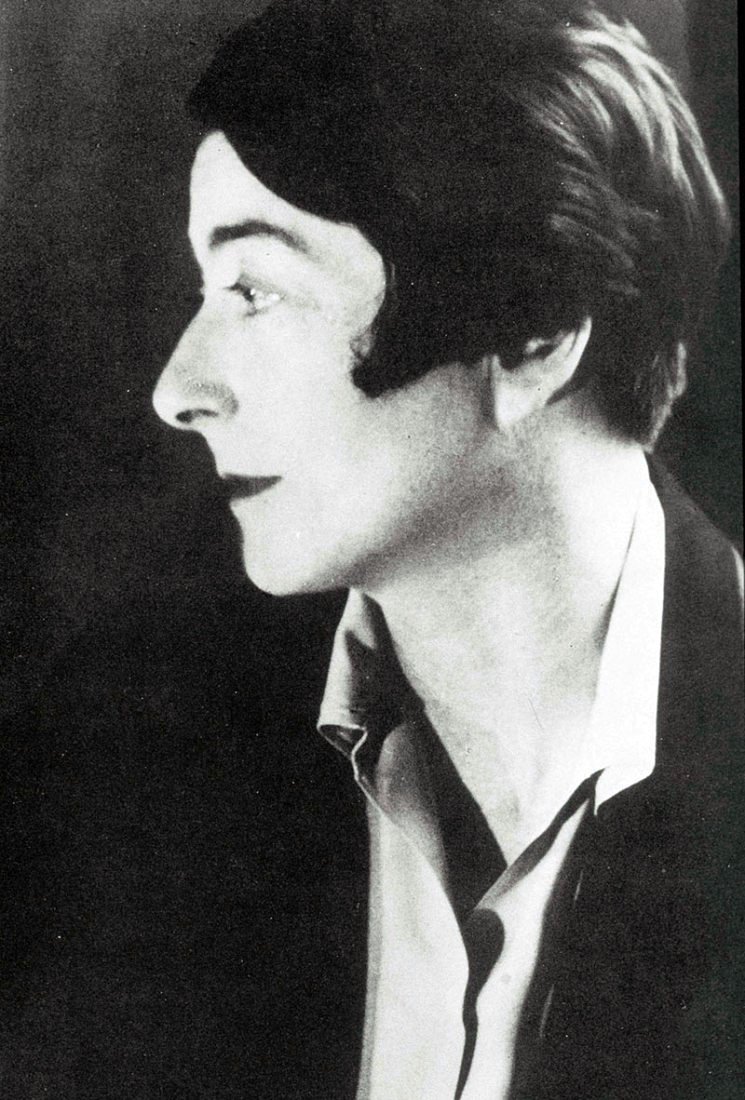#WomenDesign: Eileen Gray
#WomenDesign: Eileen Gray
Today's main character is the Irish Eileen Gray (1878-1976), one of the leading names in interior design and furniture design, with such iconic creations as the Bibendum armchair - inspired by the doll of the Michelin tire brand- or the E-1027 table in tubular steel and glass, both currently produced by Classicon.
Despite not having specific training as an architect, in 1924 she ventured into this world encouraged by the Romanian architect Jean Badovici - who became her lover - and built her own vacation home on the southern coast of France that she furnished with pieces of his own creation. A house in which every detail of the interior and exterior was designed to evolve with the light and the variations of the climate in that area, and in which Gray introduced a new way of dividing the interiors with the use of screens, shelves or storage modules as architectural elements.
Known as the E-1027, this house was a rationalist work that aroused the admiration of all who visited it, including the famous architect Le Corbusier. And the interest in Le Corbusier was so great that, in 1938, he settled in it - Eileen and Badovici had left the house after breaking up - and did what he had always wanted and Gray had denied him: he painted some brilliant murals on some walls that Gray had conceived entirely white to achieve maximum balance in the house.
After the Second World War, her fame as an interior designer faded. Gray practically abandoned her career as a designer and her work was forgotten until the critic Joseph Rykwert published an article, in 1968, in Domus magazine claiming the work and legacy of one of the first women with international weight in industrial design. Today, her pieces are a collector's item and an example of a pioneering vision of contemporary design.





